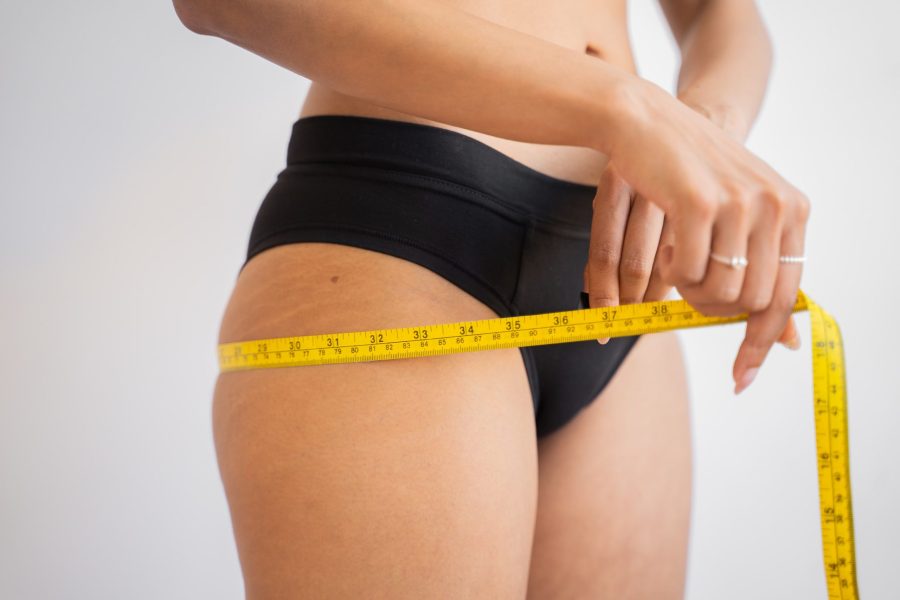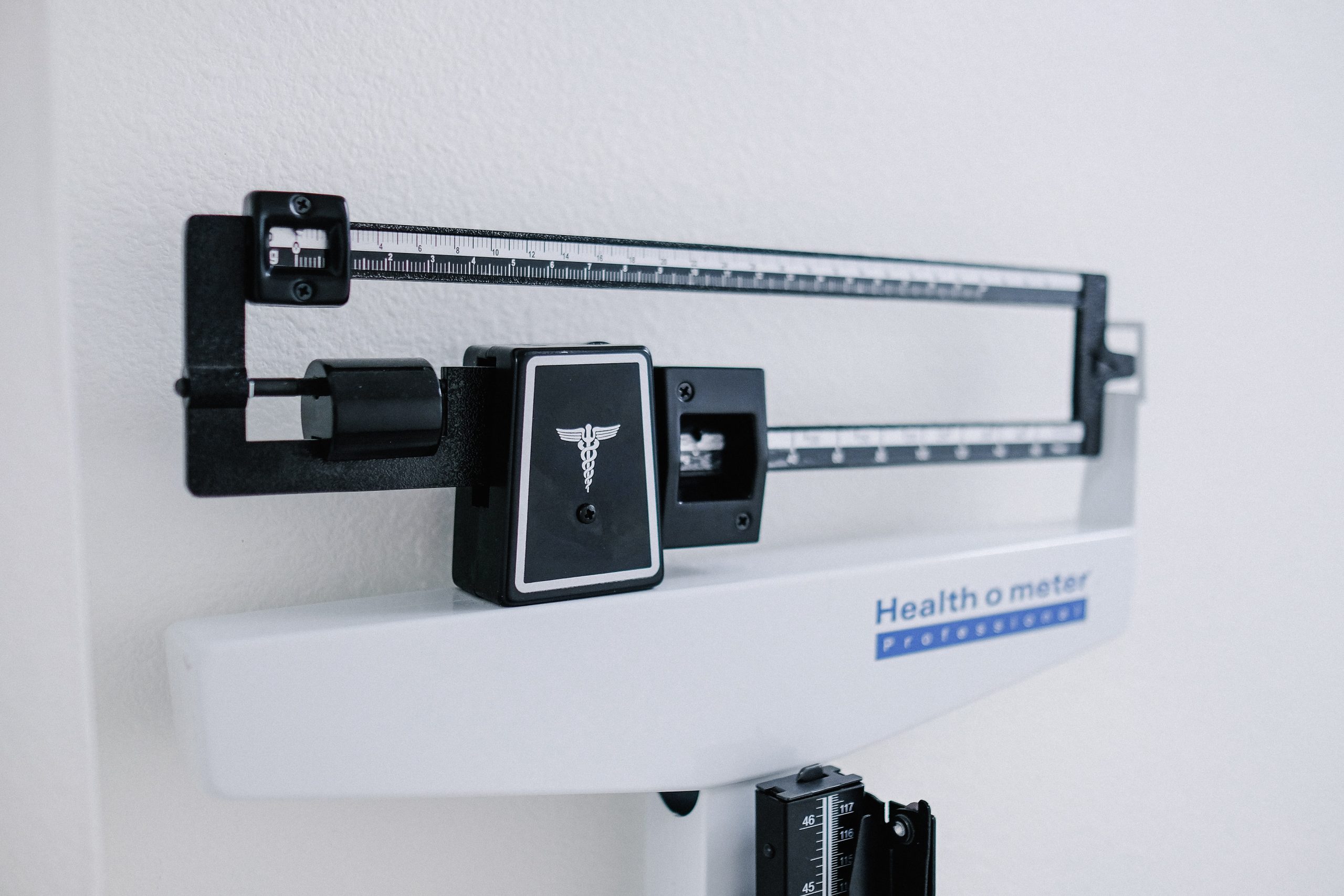
Body fat scales are devices people can use in the comfort of their own homes. Body fat scales measure the composition of the body; the percentages of fat, water, and muscle.
Many people opt for at-home body scales as they can help you to track your health and see which parts of your diet require improvement. At the Body Work Clinic, we want our clients to be aware of their choices and understand how they can achieve the body they want.
Below we break down how body fat scales work and if they really are as accurate as believed.

How do body fat scales work?
Body fat scales use something called bioelectrical impedance analysis (BIA) to roughly estimate the percentages of bodily tissues and substances.
Through BIA an electrical impulse is sent through the body. This impulse then meets a variety of resistance levels in those different tissues and substances. This bioelectrical impulse is unnoticeable and only happens once you step onto a small sensor fitted to the scale.
The body fat scales use a specific mathematical equation that considers this electrical information alongside height, gender, and age. Most body fat scales that are used in the home are paired with smartphone apps so you can view all the data simply and concisely in one device.
This same mathematical equation is used to estimate further percentages related to total fat in the body, water, density of bones, and muscle. However, it is important to remember that these are estimates and body fat scales are often criticised for providing inaccuracy.
Are body fat scales accurate?
In short, body fat scales are not very accurate. Although they bring ease to at-home body fat measurements, these percentages are a rough estimate and should not be taken as 100% scientifically correct.
There are few studies regarding at-home body fat scale accuracy, however, the general consensus is that body fat scales tend to overestimate the total percentage of body fat.
One study in particular, found that using BIA to measure body composition is far more accurate when using mathematical formulae and equations. However, most at-home body fat scales do not use accurate formulas and therefore produce inaccurate results.
The results of the study showed that using body fat scales at home produced readings that were inaccurate by approximately 20% on average.
What are the advantages and disadvantages of using body fat scales?
The main benefit of body fat scales is the convenience and accessibility they provide. They are safe to use at home and easy to navigate.
Whilst the readings of body fat percentage may be slightly inaccurate, they can help you to track how effective your diet and exercise regime is over time. If the body fat percentage decreases, then you will know you are on the right track.
However, if you want to know the accurate result of your body fat percentage, body fat scales will not necessarily provide you with this. According to Dr. Woolcott from Cedars-Sinai Diabetes and Obesity Research Institute, ‘there are other machines that do a good job of measuring fat’.
These machines are instead offered through specialised clinics and cannot be bought for consumer use. Whilst MRI machines can measure fat, this process is often considered expensive and drawn-out, taking a long time to complete. Many other devices that can effectively measure body fat percentage use radiation which is a high risk for children or pregnant women.
Other doctors recommend measuring body fat percentage the old-fashioned way, using callipers. These are considered a DIY method but again, are not very precise. They pose high inaccuracies due to needing to measure multiple areas of the body.
Whilst it can be useful to know your body fat percentage, Dr. Woolcott suggests sticking to BMI (body mass index) or RFM (relative fat mass) as this can predict mortality. However, the BMI method cannot detect the difference between muscle and fat in weight and can therefore misclass a wide range of people. It is only deemed useful in determining if a person is generally underweight or overweight.
Body fat scales can be effective if you leave some room for error, though they do not tell you where the fat is stored in the body. Understanding where exactly the fat is stored can help to diagnose diseases such as heart disease and kidney disease before they progress.
What are my other options?
When it comes to measuring body fat percentage accurately, hydrostatic weighing is considered the most effective method. This specific method involves you sitting on a scale before being submerged in water. Your weight on land is then compared to your weight in water to calculate your body fat percentage.
Other methods include air displacement plethysmography and dual-energy x-ray absorptiometry (DEXA). Air displacement plethysmography compares your total body weight to the volume of your body. This method is similar to the underwater technique and is also considered very effective.
You will most likely find the air displacement method offered at research clinics or universities. It takes place in a machine called a BodPod.
The DEXA scan was originally developed to test bone density. However, it is very effective at measuring body composition. This type of scanner is usually found, again, within research facilities such as university campuses or in large-scale medical facilities.
Concerned about your appearance? Call now for a free nurse consultation.